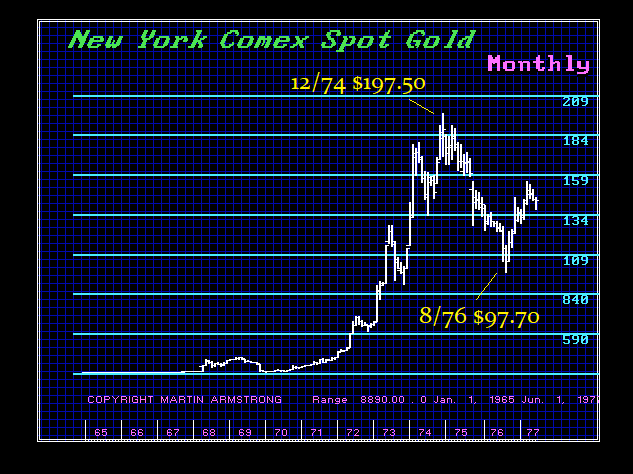by Martin Armstrong, Armstrong Economics:
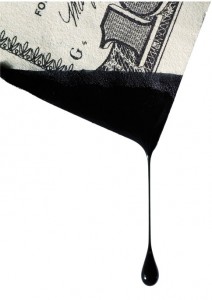
The entire theory of the Petrodollar dares back to the collapse of Bretton Woods and the subsequent oil embargo protesting US support for Israel and the price shock of raising prices. Those were the days when everyone was obsessed with gold and the whole idea of a floating currency that was popular to say will crash and burn for money had to be backed but some commodity. Those were indeed the days when that theory was very popular and it dominated the thinking process of the 1970s.
TRUTH LIVES on at https://sgtreport.tv/
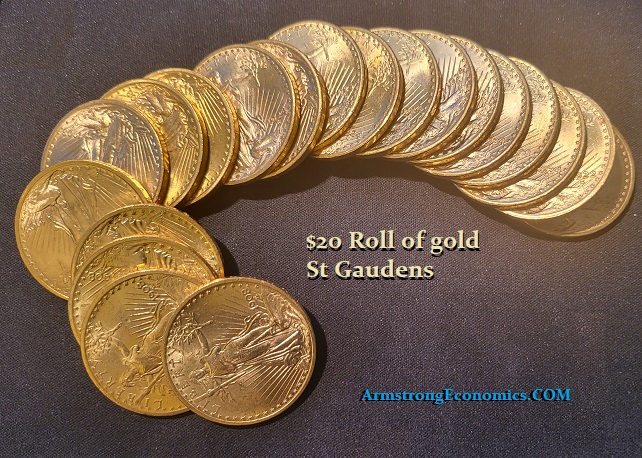 Here is an advertisement from my past days as a market maker in gold during 1970s to about 1983. I too believed in all those theories until the crash came in 1975. I too had bought into all that nonsense. Gold was going to be legalized in the United States in 1975 for the first time since 1934. Being a very large dealer domestically and internationally, all my European clients were talking up the scenario that gold was going to $500 if not $1000 once Americans could buy.
Here is an advertisement from my past days as a market maker in gold during 1970s to about 1983. I too believed in all those theories until the crash came in 1975. I too had bought into all that nonsense. Gold was going to be legalized in the United States in 1975 for the first time since 1934. Being a very large dealer domestically and internationally, all my European clients were talking up the scenario that gold was going to $500 if not $1000 once Americans could buy.
Because Teddy Roosevelt was an ancient coin collector, when Franklin Roosevelt, who was a stamp collector, recognized that gold coins existed from ancient times thanks to Teddy, he confiscated gold on deposit at the banks but exempted collector coins. That was the reason why we have rolls of $20 gold coins trading to this day.
As a result, those who were really believers in gold would buy common date American $20 gold coins by the roll in those days. So when the Europeans were talking themselves into gold was going to explode in 1975 as soon as it was legalized in the United States, as a dealer, I never got a single call about buying gold from anyone other than those who already owned it. The gold crowd was only looking at gold and had no idea that any American who wanted gold bought it in coin form. They were cheering gold without understanding the reality of the marketplace.
I went short gold in January 1975 not using even technical analysis. The hype was so much and I knew that there was no line standing at the door to buy gold. My gut feeling was that gold was going to decline – not rally. I saw that in 1970 when the two-tier gold market they created in 1968 saw gold drop below the official price of $35 in 1970 – something that was not supposed to happen.
Even the Senate of New Jersey came to me and I wrote the law on sales tax regarding gold in 1974. Gold peaked in December 1974 at $197.50. It fell to $97.70 while inflation continued but economic growth declined and they called it STAGFLATION. I learned back then that all the scenarios and theories that gold rises with inflation and the dollar would not survive without some backing. I was confronted by the reality that exposes all these theories to be a throwback to times long since passed. This all only inspired me, even more, to investigate everything in detail. By 1979, I published what I called the WHY REPORT. I later republished this in 1981 and again in 1983.
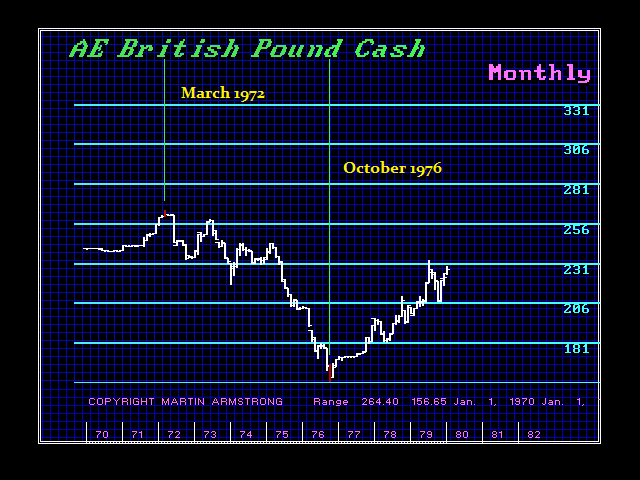 To explain the survivability of the dollar since it rose between 1972 and 1976 against the British pound, with the collapse of Bretton Woods, the rise in gold, and the entire oil embargo, that is when they came up with this idea that the dollar was backed by oil. They had to explain why their theories were wrong just as they changed global warming to climate change to explain away global cooling.
To explain the survivability of the dollar since it rose between 1972 and 1976 against the British pound, with the collapse of Bretton Woods, the rise in gold, and the entire oil embargo, that is when they came up with this idea that the dollar was backed by oil. They had to explain why their theories were wrong just as they changed global warming to climate change to explain away global cooling.
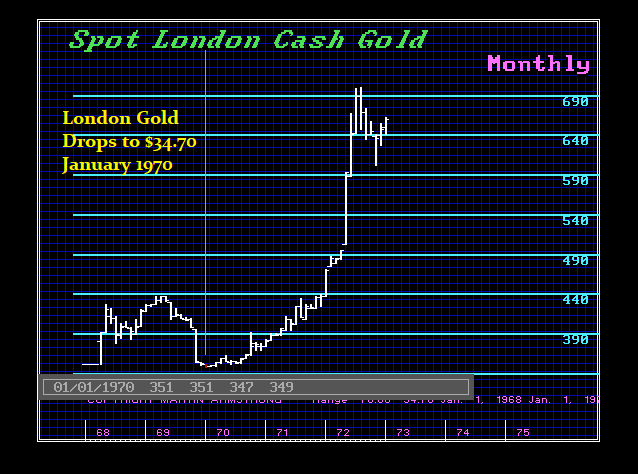 All the theories were wrong. The dollar rose, and inflation soared, as did gold. None of this made sense under their theories. Something had to be done. It became obvious that it was impossible to make investment decisions based upon these theories that people just made up to sell gold which are still being used today. I also remembered that in January 1970, gold fell in the London market to $34.70. Gold was not supposed to sell below the Bretton Woods fixed exchange rate of dollars to gold. It was like being smacked in the face and told to wake up!
All the theories were wrong. The dollar rose, and inflation soared, as did gold. None of this made sense under their theories. Something had to be done. It became obvious that it was impossible to make investment decisions based upon these theories that people just made up to sell gold which are still being used today. I also remembered that in January 1970, gold fell in the London market to $34.70. Gold was not supposed to sell below the Bretton Woods fixed exchange rate of dollars to gold. It was like being smacked in the face and told to wake up!
Read More @ ArmstrongEconomics.com



